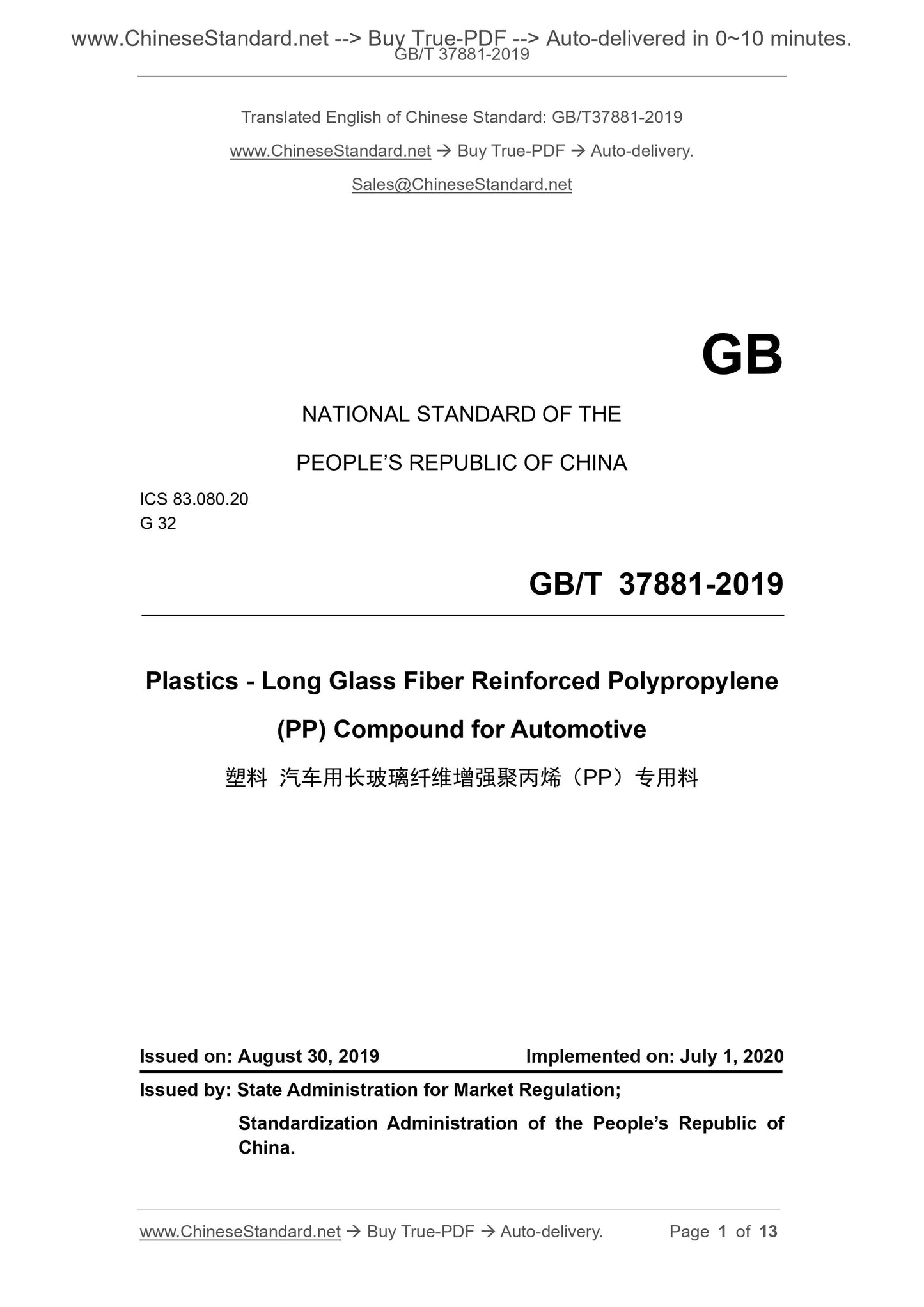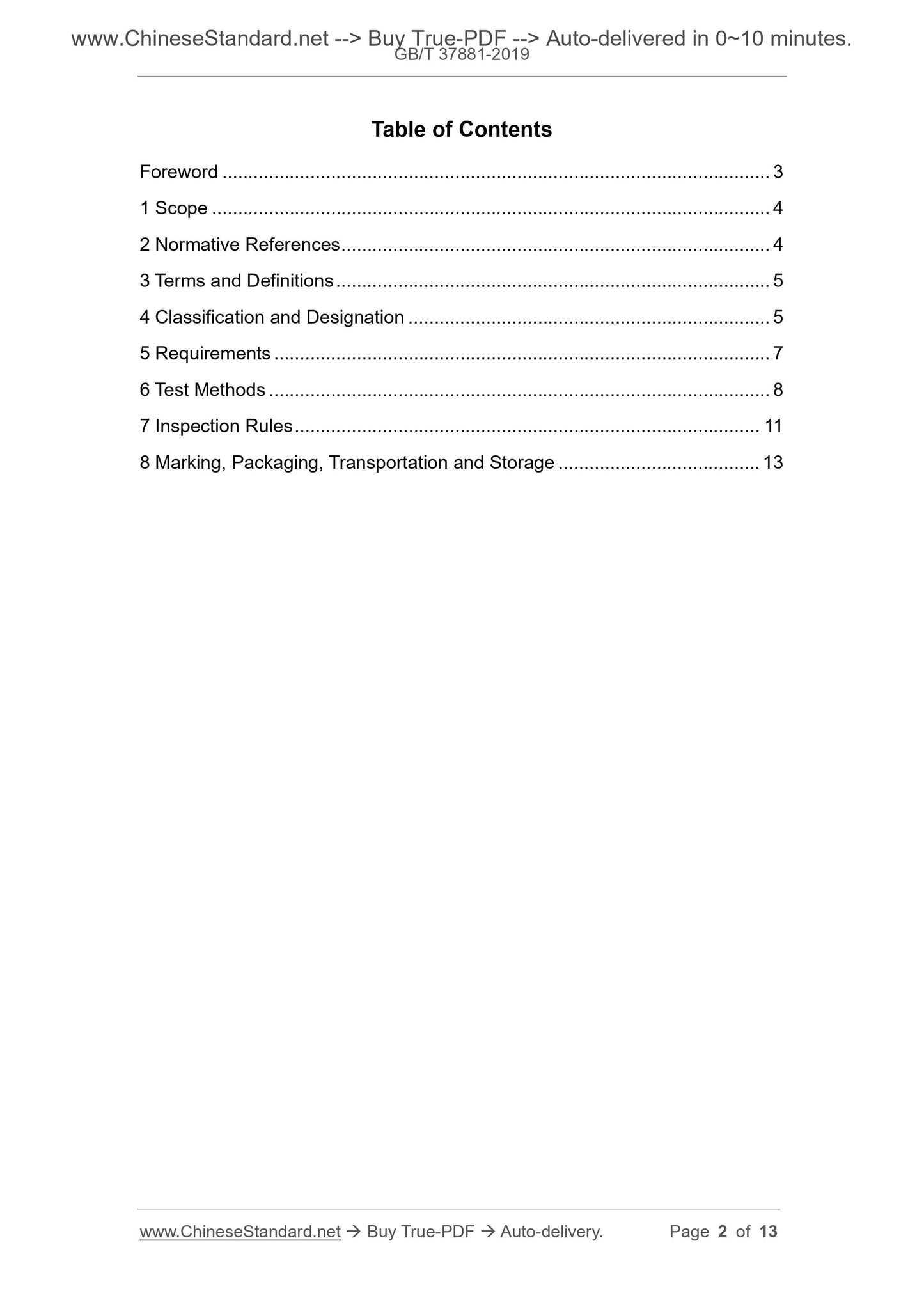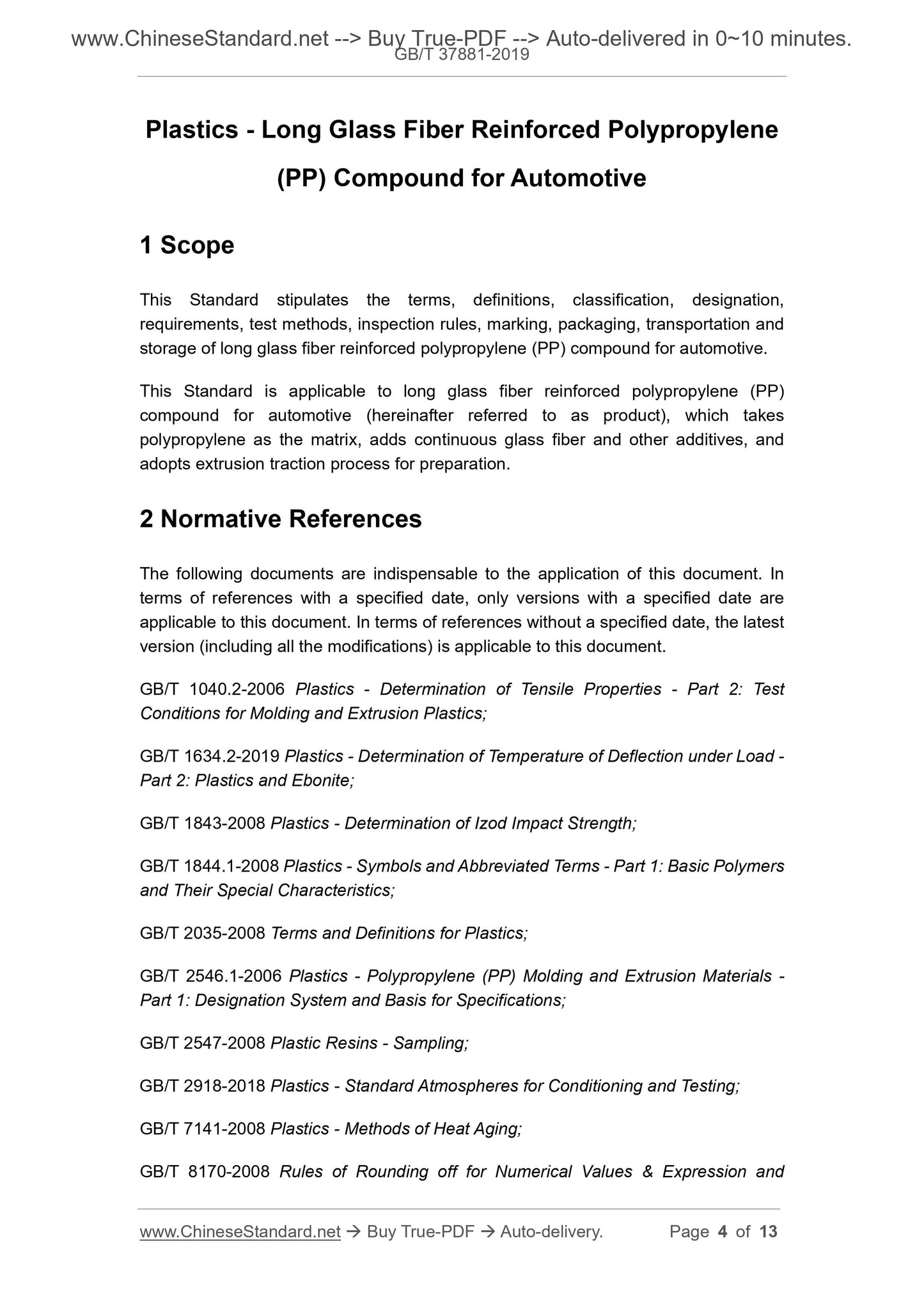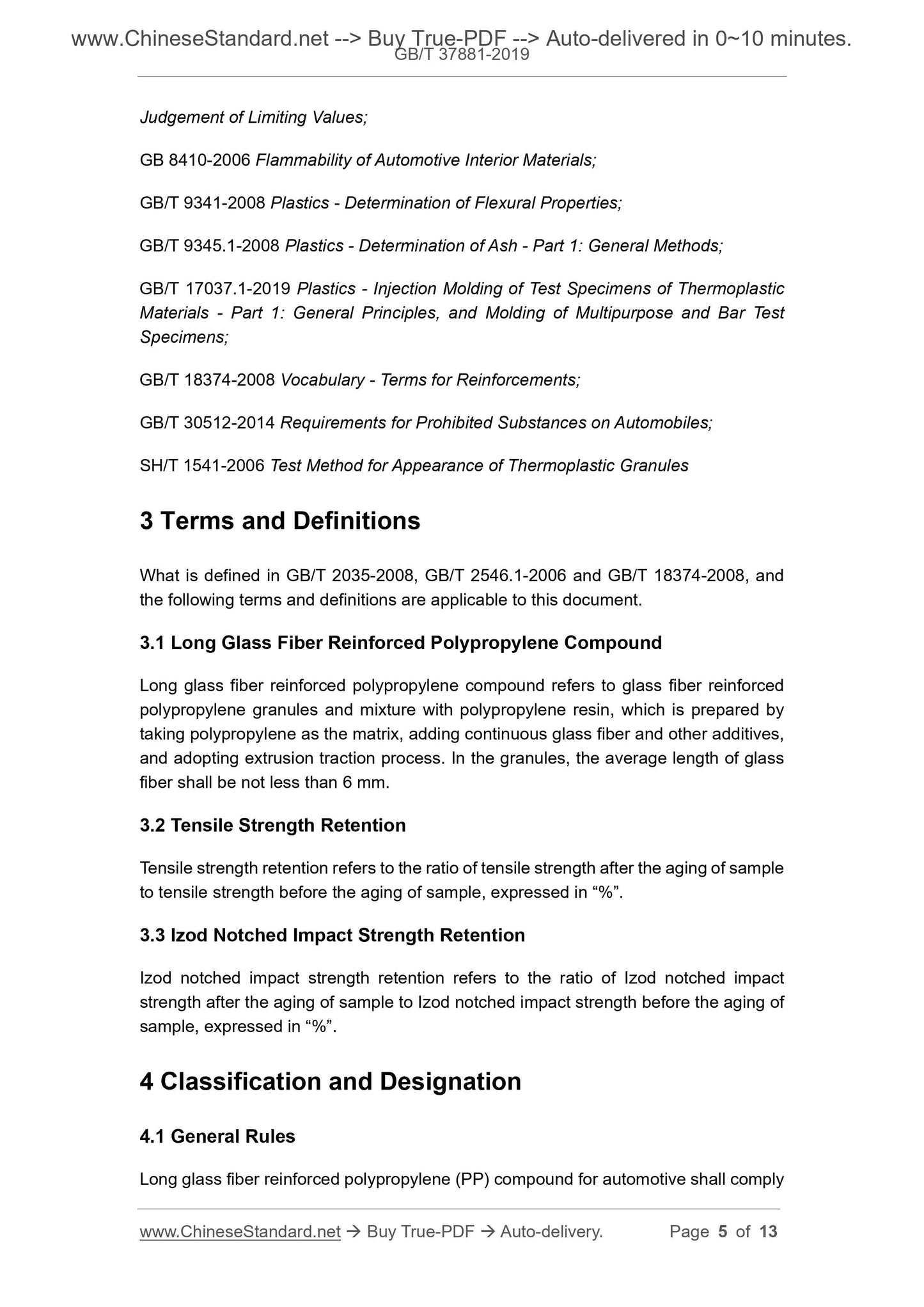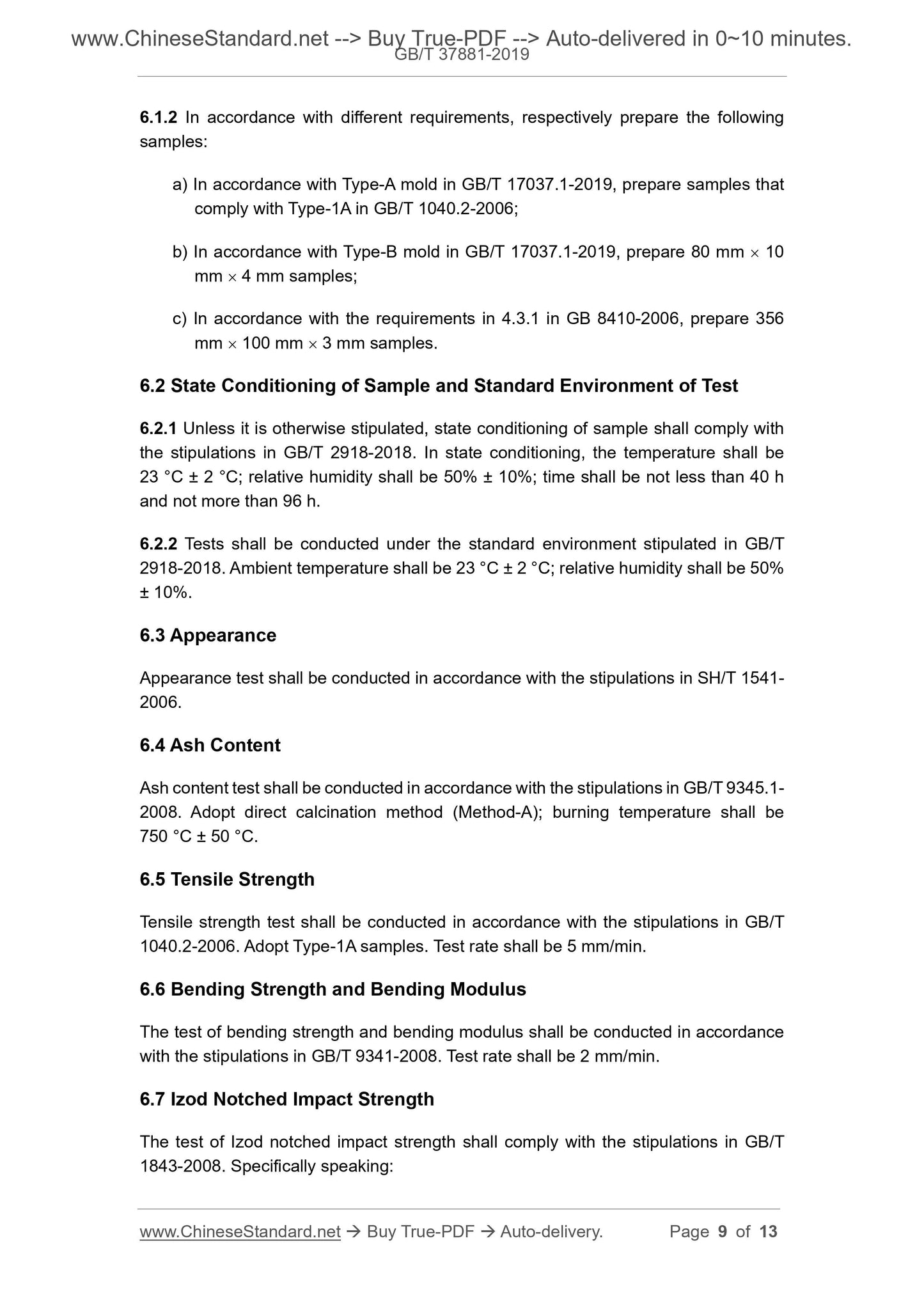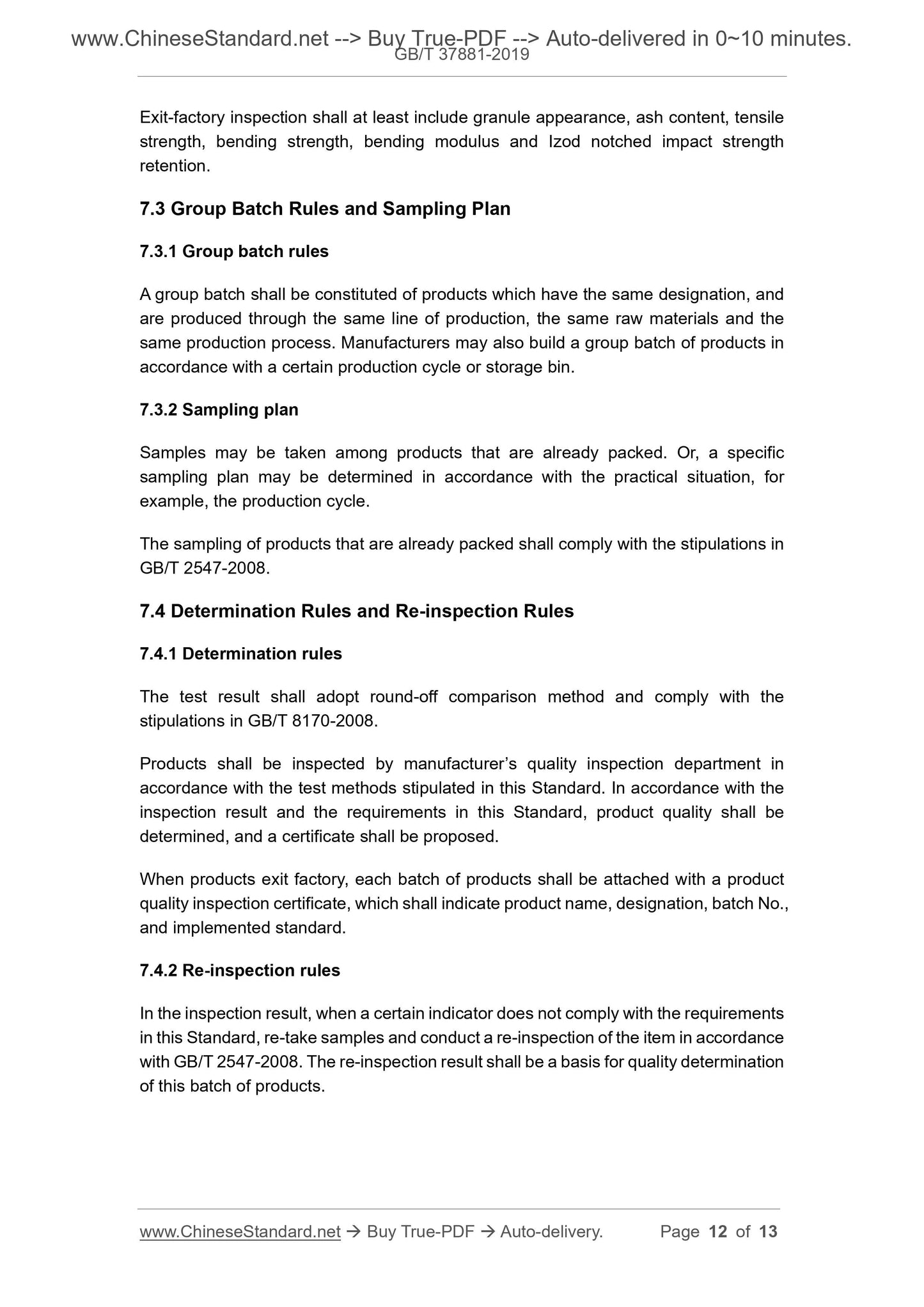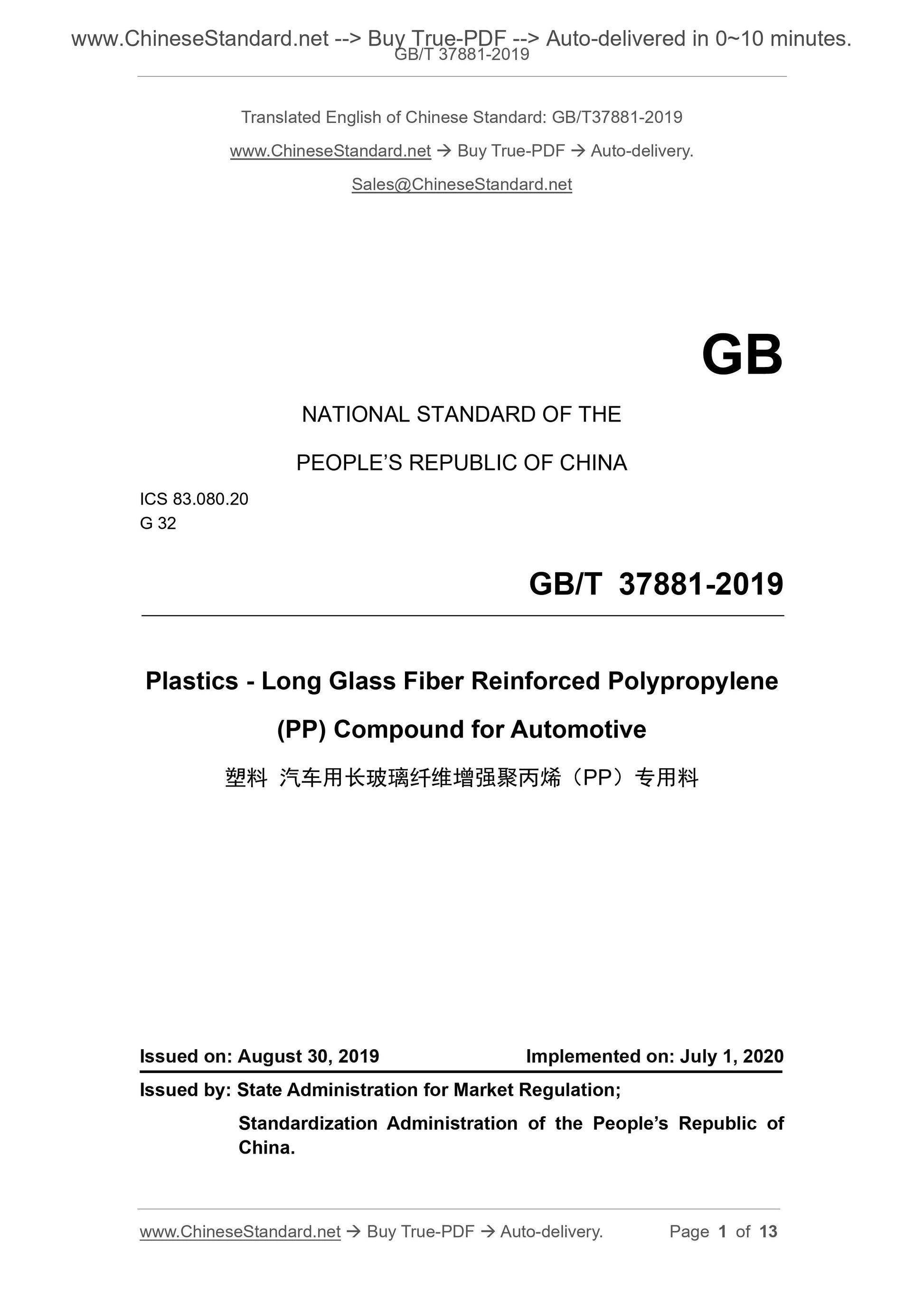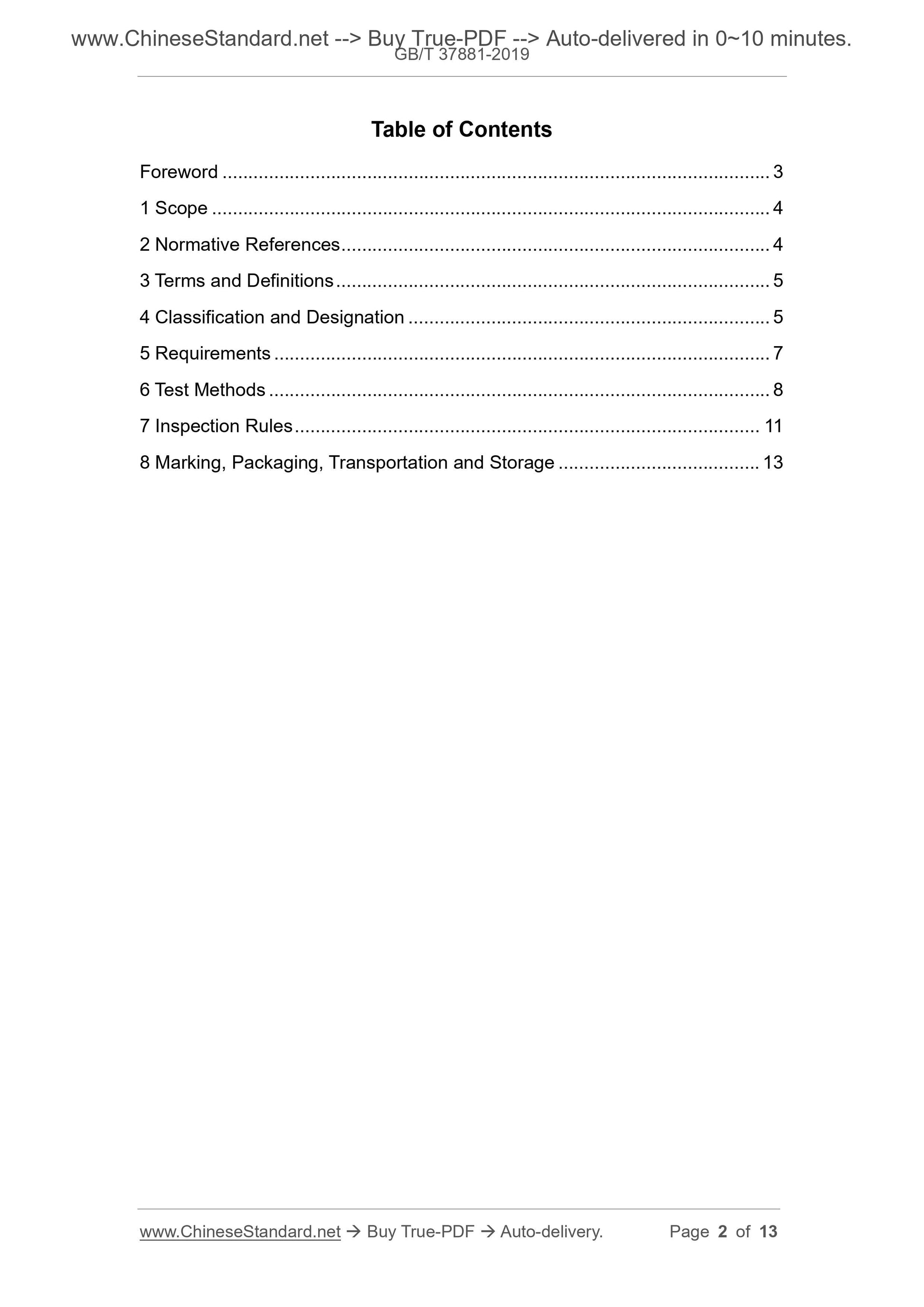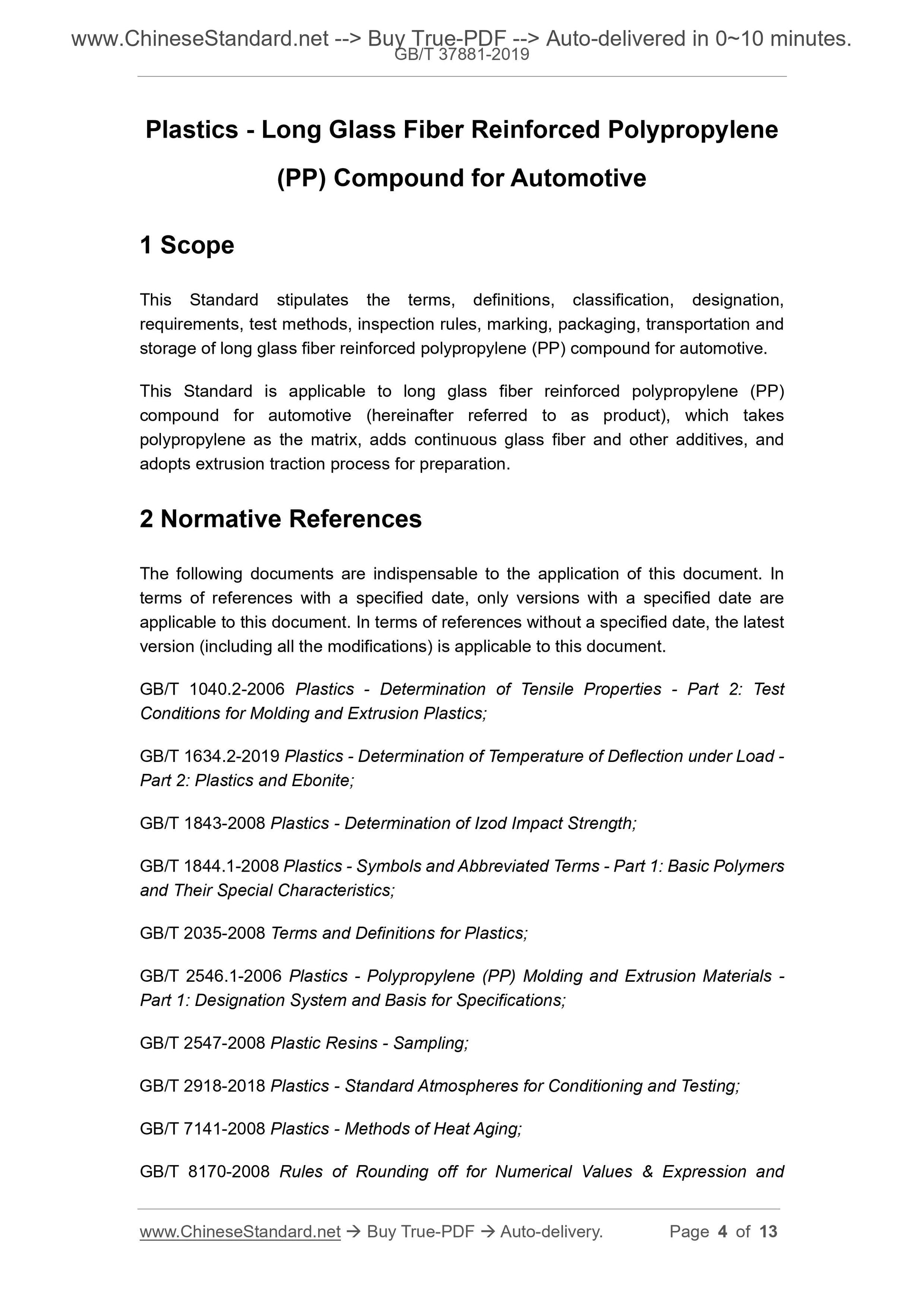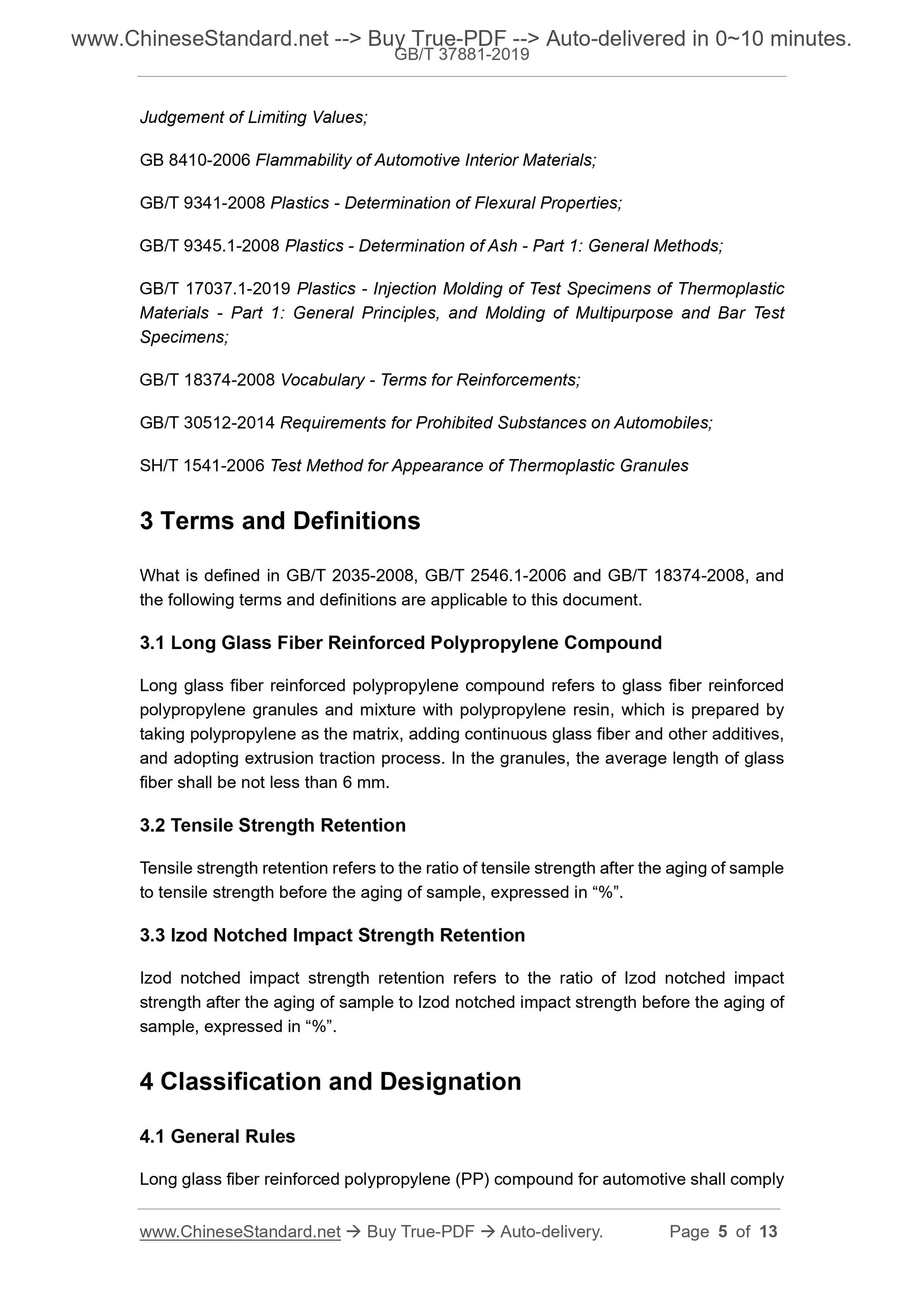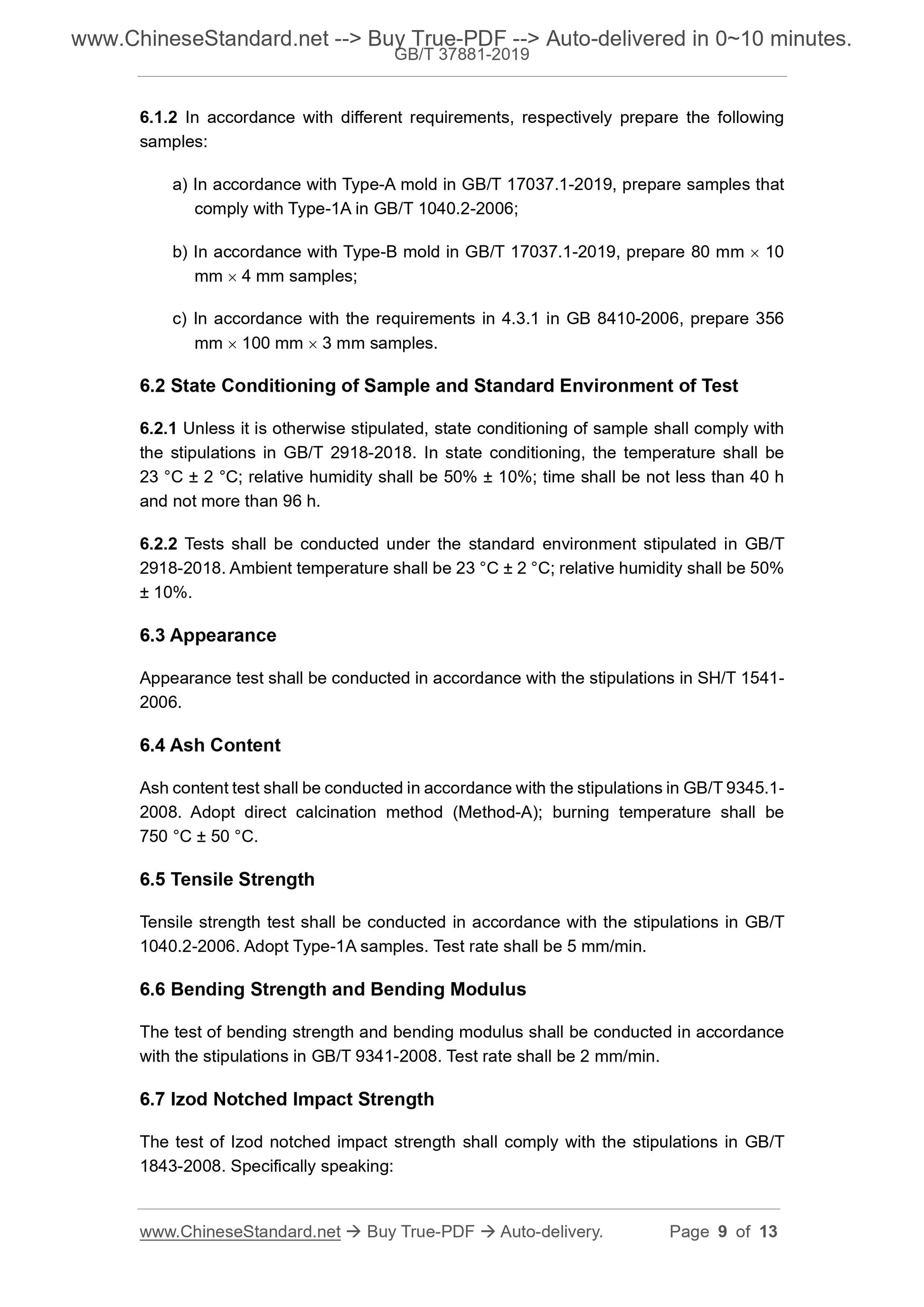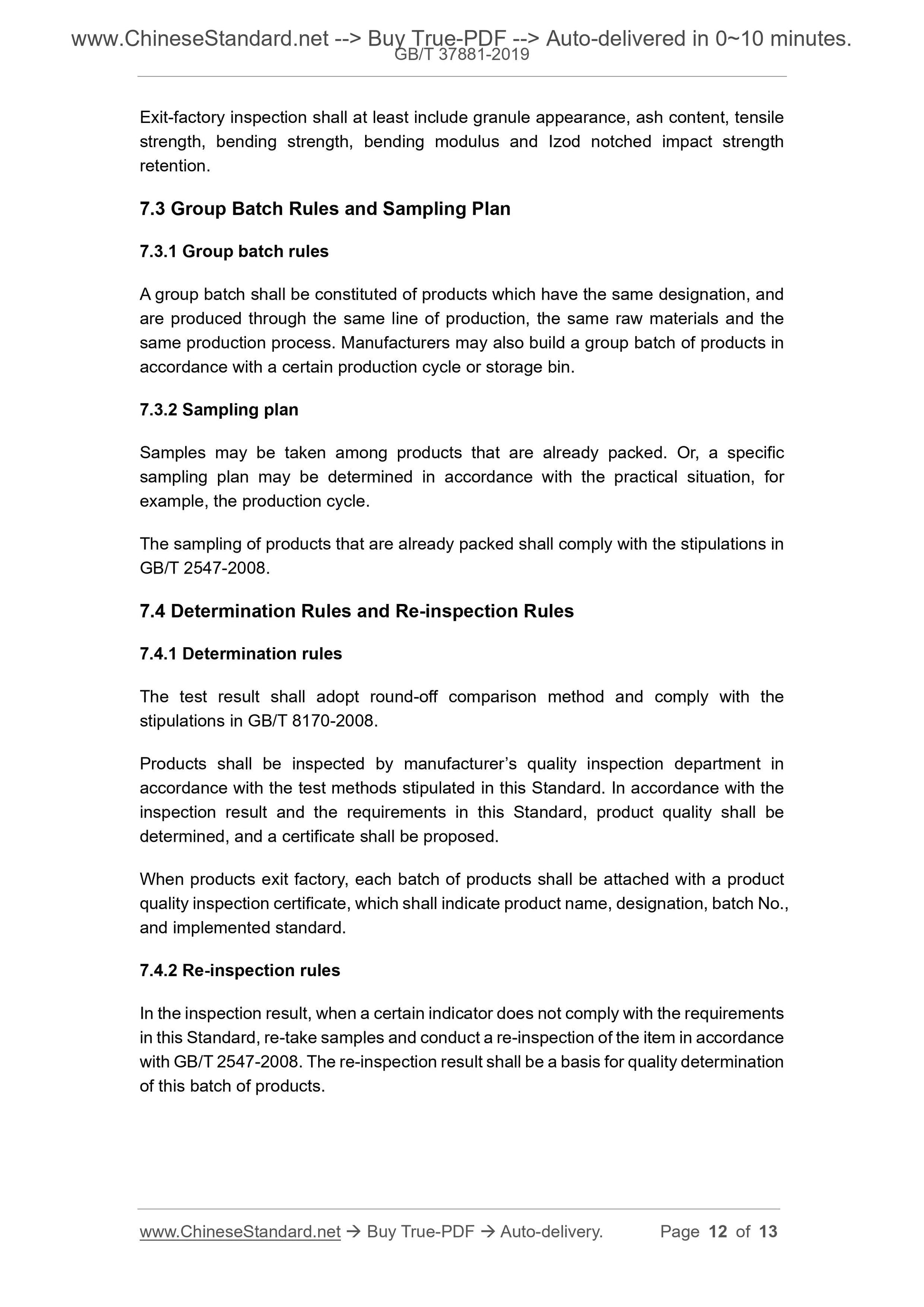1
/
of
6
www.ChineseStandard.us -- Field Test Asia Pte. Ltd.
GB/T 37881-2019 English PDF (GB/T37881-2019)
GB/T 37881-2019 English PDF (GB/T37881-2019)
Regular price
$150.00
Regular price
Sale price
$150.00
Unit price
/
per
Shipping calculated at checkout.
Couldn't load pickup availability
GB/T 37881-2019: Plastics - Long Glass Fiber Reinforced Polypropylene (PP) Compound for Automotive
Delivery: 9 seconds. Download (and Email) true-PDF + Invoice.Get Quotation: Click GB/T 37881-2019 (Self-service in 1-minute)
Newer / historical versions: GB/T 37881-2019
Preview True-PDF
Scope
This Standard stipulates the terms, definitions, classification, designation,requirements, test methods, inspection rules, marking, packaging, transportation and
storage of long glass fiber reinforced polypropylene (PP) compound for automotive.
This Standard is applicable to long glass fiber reinforced polypropylene (PP)
compound for automotive (hereinafter referred to as product), which takes
polypropylene as the matrix, adds continuous glass fiber and other additives, and
adopts extrusion traction process for preparation.
Basic Data
| Standard ID | GB/T 37881-2019 (GB/T37881-2019) |
| Description (Translated English) | Plastics - Long Glass Fiber Reinforced Polypropylene (PP) Compound for Automotive |
| Sector / Industry | National Standard (Recommended) |
| Classification of Chinese Standard | G32 |
| Classification of International Standard | 83.080.20 |
| Word Count Estimation | 10,175 |
| Date of Issue | 2019-08-30 |
| Date of Implementation | 2020-07-01 |
| Issuing agency(ies) | State Administration for Market Regulation, China National Standardization Administration |
Share
